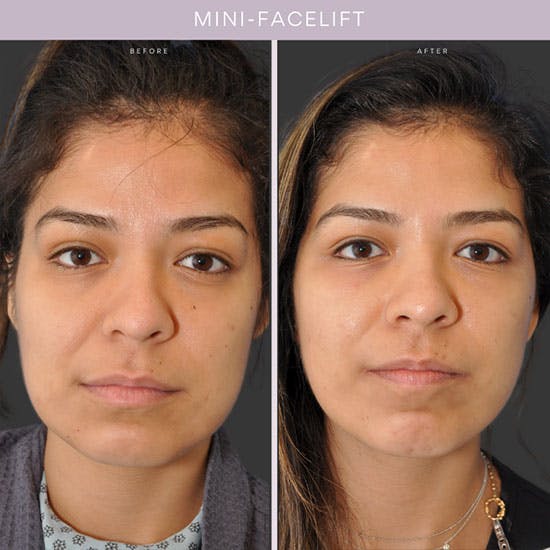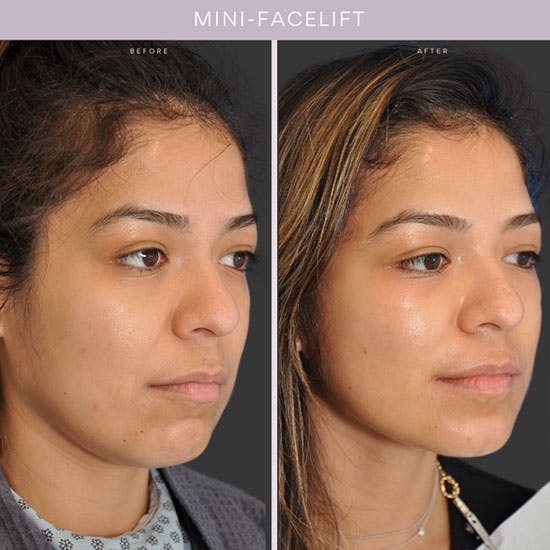Preparing for Facelift Surgery
Dr. Kwak begins with a private consultation, where your facial anatomy, aesthetic goals, and medical history are thoroughly reviewed. Dr. Kwak takes a personalized approach, ensuring you feel informed and confident in your treatment plan. During this visit, you’ll have the opportunity to ask questions, understand your surgical options, and receive a clear overview of what to expect before, during, and after your procedure.
Prior to surgery, a member of our medical staff will walk you through detailed preoperative and postoperative instructions and provide any necessary prescriptions. We recommend obtaining medical clearance from your primary care physician in advance. You will be asked to stop eating the night before your scheduled surgery, and any medications you are currently taking will be carefully evaluated. If you are traveling from outside the area, our team can assist with finding hotel accommodations near the clinic. To ensure your safety and comfort, we provide a private nurse to stay with you during the first night of recovery, included as part of your surgical fee. Extended nursing care is also available upon request.
What happens during the Procedure
On the day of your procedure you will meet with Dr. Kwak to review your plan and to ask any final questions prior to the surgery. Dr Kwak will perform surgical markings to customize the required surgery to your specific issues. If your surgery requires deeper sedation (general anesthesia), you will meet with our board certified anesthesiologist before the surgery.
Patients are then escorted by our nurse to our certified (AAAASF) operating room.
During the surgery, Dr Kwak will make an incision around your ears and into your hairline. The type of incision used minimizes all visible incisions, by placing part of the incision in the ear canal. Once this incision is made, Dr Kwak skillfully dissects the required anatomic areas customized to your type of facelift being performed. Once the required structures are isolated, Dr. Kwak will tighten the underlying facial musculature usually along a bidirectional vector, securing it in place with sutures. The overlying skin is then redraped and excess skin is removed. Thin medical-grade, skin-friendly sutures will be used to close the skin incisions. Small temporary surgical drains are often necessary for facelift surgeries. At the end, a light bandage is placed around the face.
Recovery from Facelift Surgery
Recovery following a facelift is a highly individualized process, with each patient experiencing slightly different timelines based on the extent of their procedure and their unique healing response. Swelling and bruising are most noticeable in the first few days and gradually diminish over the course of one to two weeks. Any initial tightness, numbness, or mild discomfort is typically well managed with prescribed medications and supportive care. Dr. Kwak uses advanced techniques and places incisions in discreet locations to minimize visible scarring and promote a smooth healing process.
Most patients feel ready to return to non-strenuous daily activities within 10 to 14 days, though it may take several weeks for residual swelling to fully resolve and for final results to take shape. Dr. Kwak and his team provide comprehensive post-operative instructions, schedule follow-up appointments, and remain available to answer any concerns throughout your recovery. Their attentive, hands-on approach ensures that you feel supported, informed, and confident as you heal, helping you achieve the most natural and satisfying outcome possible.




















